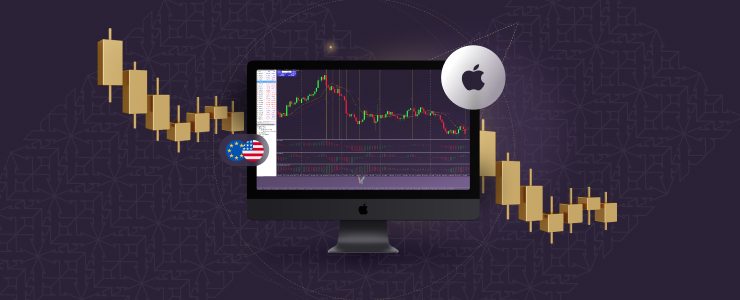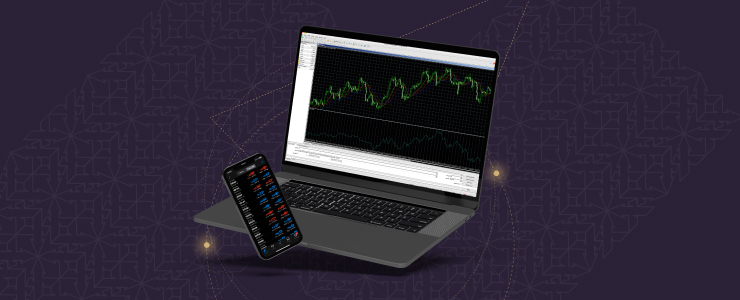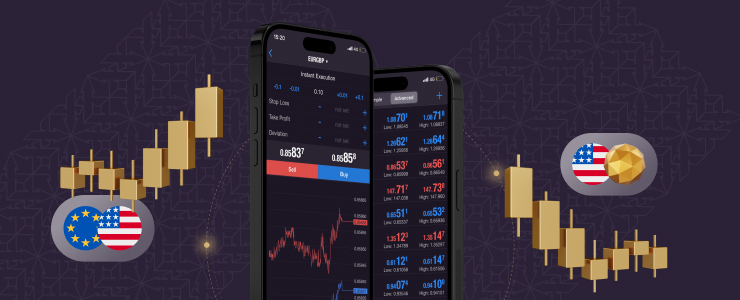Globally, forex may just be the most accessible market. It is available nearly everywhere, runs 24/5, making it easy to fit into your schedule, and the price movement is constant but slight, making it an active yet tame market. All of this, plus the increasing number of online forex brokers, has contributed to the proliferation of forex trading.
However, this has also led to an increase in trading beginners who suffer from a lack of guidance. It’s common for traders to be taken advantage of by dishonest brokers or wipe out their accounts on a few poor trades. This would, naturally, leave a bad taste in one’s mouth, and perhaps turn them away from trading entirely.
If you’re someone with a genuine interest in trading and want to avoid these common beginner mistakes, this text is for you. We will briefly discuss basic forex terms and concepts, and cover the first steps one can take to go from a complete novice to making their first trades confidently.
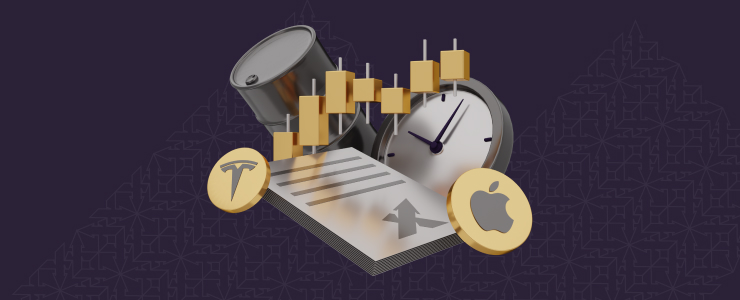
The Terminology of Forex Trading
The first step to mastering any skill is learning the language used within it. In a fairly professional setting like trading, this can be quite the process. We won’t go over every term; you’ll need to be a pro trader, but rather, the few ones that form the core of the forex experience. This way, prospective traders can access trading without learning an encyclopedia’s worth of concepts beforehand.
Forex
The Forex market, or foreign exchange, lets traders trade currencies in pairs. Among these, EUR/USD is the most frequently traded pair.
Majors, minors, and exotics
Majors, minors, and exotics are convenient ways of categorising pairs based on common behaviours. The Majors are paired with the USD as one of the components, and a developed currency as the other. Minors consist of two major currencies, whereas exotics pair a developed currency with a less common or emerging currency. Volatility increases, volume and general stability decreases as you move from majors to exotics.
Pip
A pip is the smallest increment that a forex pair can move. For instance, if EUR/USD moves from 1.7000 to 1.7001, it’s moved by a pip.
Lots
Lots are the basic trading unit in forex. One lot is 100,000 units of a currency. And while that may sound huge, brokers often offer mini and micro lots, translating to 10,000 and 1,000 units, respectively.
Leverage
Leverage is the ability to magnify your trades in forex. With 1:10 leverage, a trader needs $10 to take a $100 position. However, this also multiplies all wins and losses. For instance, a 10% loss on a $10 position would be $1, and a 10% loss on a $100 position would be $10. In this example, the trader would lose the full $10 invested and would need to close the trade.
Technical and fundamental analysis
Technical and fundamental analysis are the two basic analysis types in forex. The former deals with what’s currently happening through indicators and charts, and the latter is more concerned with the underlying factors.
Spreads
Spreads are the most common cost structure in forex. They take a small portion of each trade and represent the difference between the points at which someone is willing to buy and sell an asset.
The Path to your first Forex Trading Account
Now you know some of the basic terms, but you’ve still got your work cut out for you. These only cover the bare basics, and the entire process of familiarising yourself with the trading world, finding a broker, and using the right tools is ahead of you.
Finding a broker can be a great first step towards kickstarting your trading career. Brokers often provide education catered to the forex world, especially the starting steps, and on top of that, they offer demo accounts. We will go into more detail on these later, but they are perhaps the most powerful tools at a new trader’s disposal.
In choosing their first broker, traders should prioritise:
- Security – The #1 thing traders should look for. Regulation, a history of honest behaviour, recent and real-sounding user testimonials and professional reviews are all crucial in ensuring you don’t get snagged in a scam broker’s web. Due diligence can take a while, but it’s well worth it.
- A demo account – As mentioned, a demo account is one of the better tools for new traders.
- Good pricing – Good pricing makes it easier to become a consistent trader. Traders should look for low spreads or zero-spread accounts with manageable fees.
- Asset variety – While new traders may only be interested in forex, many forex brokers also offer CFDs. Traders may eventually want to branch out, and having more options is better in most cases.

The Exact Steps to Start Forex Trading
More specifically, most traders will either search for a broker on a search engine like Google or go with one they’ve already heard of. However, reading the broker’s website isn’t enough. Be sure to check user reviews on sites like Trustpilot, as well as professional reviews from trusted outlets. This will give you an accurate idea of the broker’s safety and the state of its service.
If you feel uncomfortable, like things are too good to be true, or generally get a bad vibe, feel free to move on to the next company. There are enough online brokers available for you to pick and choose until you are content with how you feel.
Once you do find a brokerage you like, you may open an account. This will most likely let you access the demo.
New Trader Bread and Butter – The Demo Account
The demo account is a simple but invaluable tool. It allows traders to trade with virtual funds, with no risk at all to their real money. And while this does create a different emotional impact than real trading, it’s still by far the best way to prepare for real markets.
At the beginning of using a demo account, traders should focus on grasping the core functions of their platform: locating assets, opening and closing trades, and tracking their performance.
After that, they may start researching the particular assets, with tactics and tools they would like to employ. There are too many to narrow down, but many sources will present traders with readymade trading styles that they can either copy or use as a template.
Finally, once traders have gained some confidence and their results are showing it, they may move on to a real account. Most likely, this will also require a KYC check and a deposit of varying size, depending on the broker.
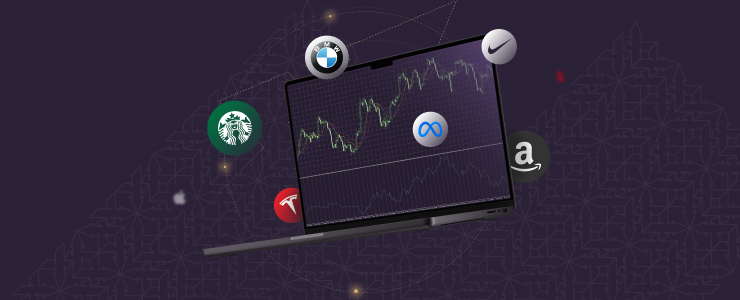
Notes for Live Forex Trading
Once you get to live trading, things change. Emotions start running, and trading may feel more difficult. Additionally, demo accounts run in simulated environments, so real trading is, albeit slightly, objectively harder. Lastly, traders may feel confused about the direction of their education. This is where traders start seeing real difficulties.
Here are some forex trading tips that you can use to avoid the most common issues:
- Follow your strategy, not your heart: Trading strategies are constructed for a reason. They are cold, precise, emotionless. If you have a good strategy but your temper is running high, rely on the strategy, as it may help you avoid emotional trading patterns.
- Never forgo risk management: Knowing how not to lose is just as important as knowing how to win. Place take profits and stop losses, and control your position sizes well.
- Use your skills, don’t chase trends: Traders may feel compelled to look for the «best» strategy, but there is no such thing. The way most traders find consistency is by finding what suits them and going with that. Are you a technical trader? You may get more mileage out of learning patterns and exploring new tools. Are you more fundamental? You may opt to dig deep into the news, interviews, and statements from important figureheads. It’s much better to find a mix that suits you than try a new tactic every month.
Disclaimer: This information is not considered investment advice or an investment recommendation, but instead a marketing communication.
